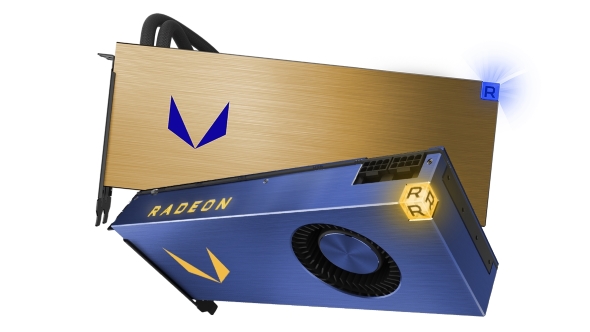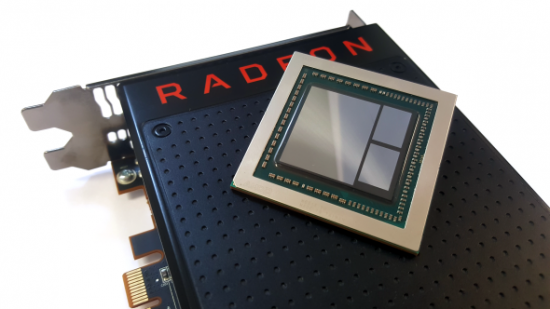“Oh, I can’t wait for new high-end AMD graphics cards,” I whispered to myself in the dark just before dropping off late last night. “A 7nm die shrink might just give the AMD Vega tech a little more performance headroom against the competition.” Vain hope, I know, and it seems that sentiment is shared by AMD as it looks like 7nm Vega is going to sit tight in the professional / AI space and never hit our desktops.
Check out our pick of the best graphics cards you can actually buy today.
A story by Fudo over at Fudzilla suggests that not only is the 7nm Vega GPU design only set to arrive in the Radeon Instinct machine learning cards, but that it’s not even being considered as a possible gaming GPU. It was first announced at their pre-CES event in Las Vegas in January, where Lisa Su confirmed that Vega would represent their first 7nm silicon and would be coming this year.
“Our first 7nm product is actually Vega-based,” says Dr. Su, “and it will be a machine learning product. So Radeon Instinct Vega 7nm for 2018.”
Because of that we knew it would appear first as a pro-level chip, but naturally assumed that it would trickle down to the gaming space, as happened with the 14nm version of the Vega GPU architecture. Fudo, however, states that it’s definitely not being planned for as a traditional gaming GPU.

His reasoning is sound on this – price. Given the Vega / HBM connection that would make any new 7nm version a very expensive card, as were both the RX Vega 56 and RX Vega 64 cards when they launched. The likelihood of the 7nm Vega being able to more ably compete against the GeForce competition – especially if there’s a new Nvidia Volta or Nvidia Turing GPU released in the September/October timeframe – is pretty low. The only way AMD would then be able to compete on price, and that doesn’t seem likely.
Looks like we’re going to have to wait for the AMD Navi architecture if we want some new high-end Radeon cards for our gaming rigs. Fingers crossed the Zen learning is being applied to that, and with some success.
